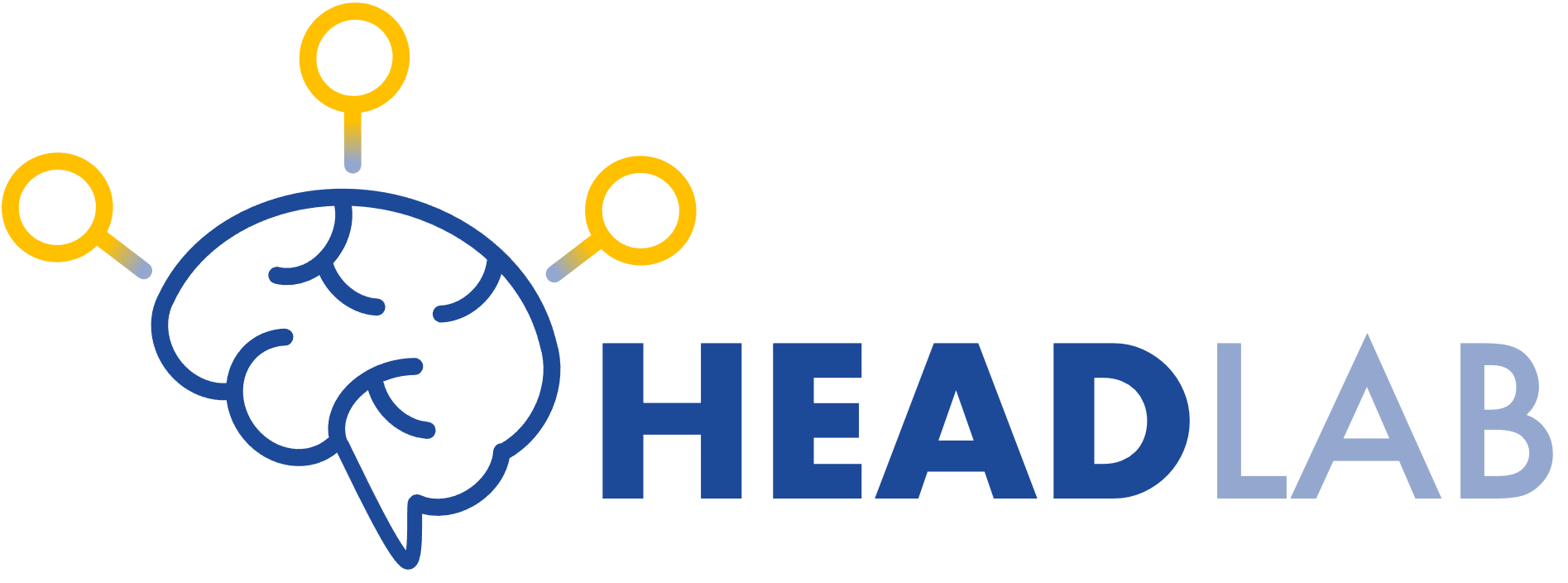Down Syndrome & Alzheimer Disease
What causes Down syndrome?
Down syndrome is almost always the result of nondisjunction during cell division, which results in an extra copy of the 21st chromosome in every cell and is also referred to as “Trisomy 21.” Around 1% of individuals with Down syndrome may have nondisjunction of chromosome 21 in only some of their cells, resulting in a “mosaic” mixture of cells with 46 and 47 chromosomes and, as a result, less severe Down syndrome characteristics. Additionally, around 3-4% of individuals with Down syndrome have an extra copy of chromosome 21 that has translocated, or attached itself to, another chromosome.
What is Alzheimer disease?
It is the most common cause of dementia, a general term for memory loss and other cognitive impairments that are capable of interfering with daily life. Alzheimer disease causes problems with memory, thinking, and behavior. Even though the greatest known risk factor for is increasing age, Alzheimer disease is not a normal part of aging.
What causes Alzheimer disease?
We are still not sure. Early-onset Alzheimer disease (also known as Familial AD) is caused by genetic mutations. Late-onset Alzheimer disease (or, Sporadic AD) is the result of a series of brain changes that occur over time. Probable causes include a combination of genetic, environmental, and lifestyle factors.
What are the characteristics of Alzheimer disease?
Individuals with Alzheimer disease have an increased number of two abnormal structures on their brains known as plaques and tangles. Plaques are deposits of a protein called beta-amyloid, while tangles are twisted fibers of a different protein called tau. These structures together block the communication among cells in the brain and disrupt mechanisms that are essential for their survival.
Why study Alzheimer disease in Down syndrome?
As they age, people with Down syndrome have an increased risk of developing Alzheimer disease. Studies demonstrate that by age 40, almost all individuals with Down syndrome have significant number of plaques and tangles.
Why does this happen?
Scientists believe it could be due to one of the chromosome 21 genes, called amyloid precursor protein (APP). APP leads to the production of beta-amyloid, the main component of plaques. An extra copy of the APP gene then might result in increased production and accumulation of beta-amyloid, leading to the chain of events that results in Alzheimer disease.
Still have questions?
Contact us today.

